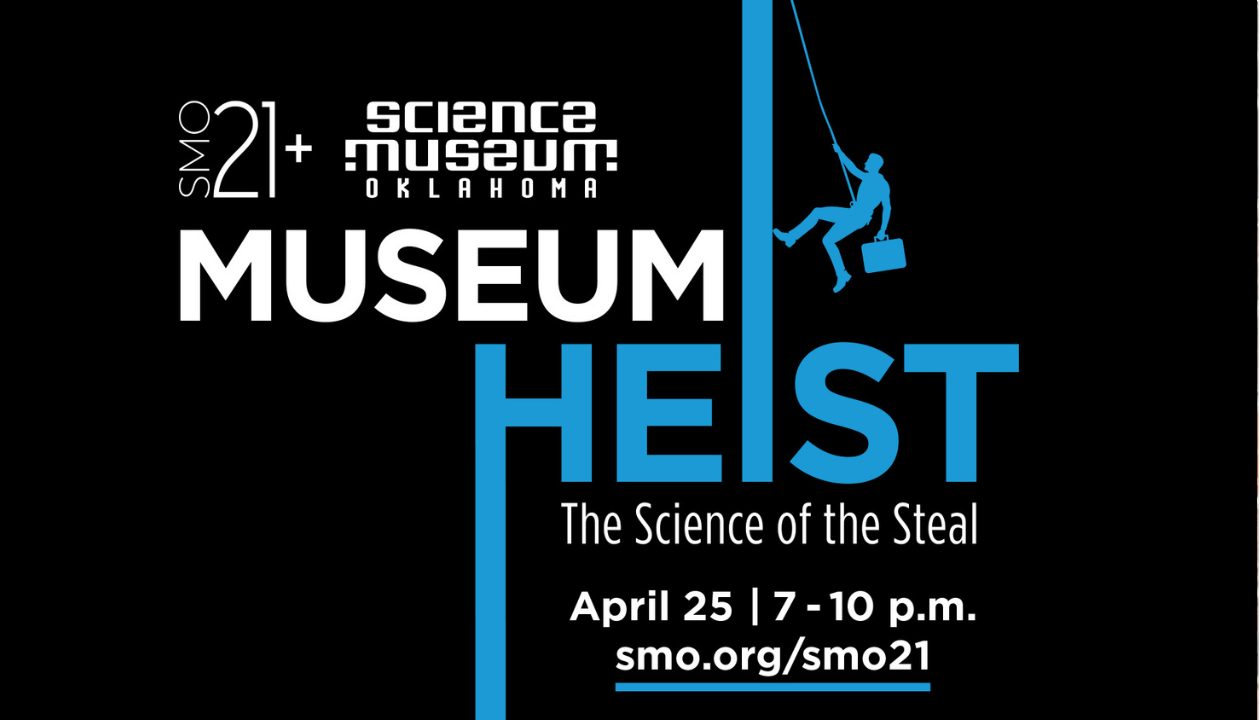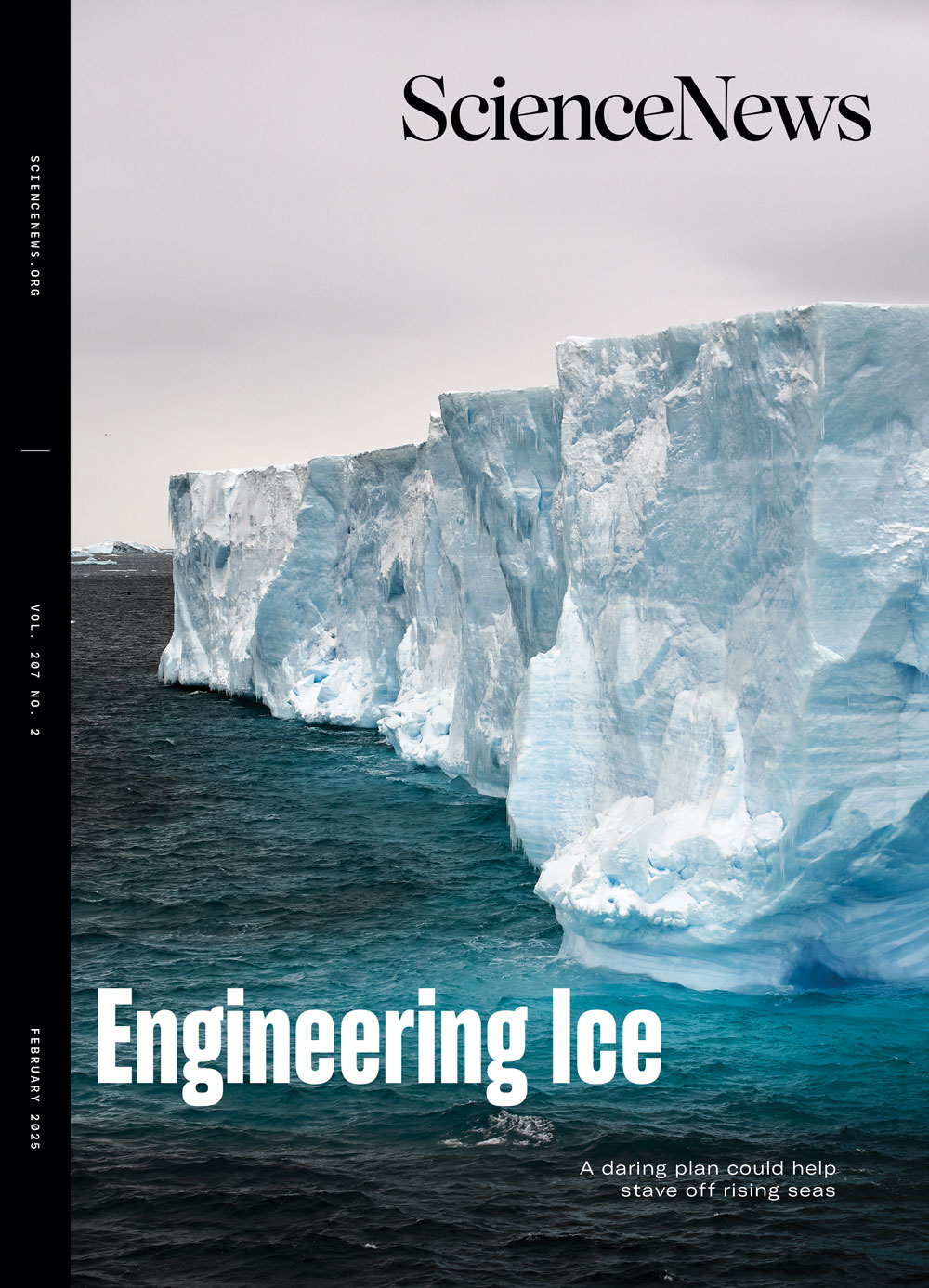Skull Science Scandal: How Racial Bias Continues to Distort Scientific Research
Science
2025-04-16 07:00:59Content

The Dangerous Allure of Face and Skull Pseudoscience
Can the shape of your skull or the look of your face reveal something profound about your character? Can they predict if you're a good parent, intelligent, or potentially criminal? The resounding answer is a clear and emphatic no.
Historically, some misguided scientists explored pseudosciences like phrenology and physiognomy, attempting to link physical appearance with personality traits and behavioral tendencies. These approaches were fundamentally flawed and scientifically baseless.
Interestingly, a peculiar trend is emerging: there's a growing fascination with these discredited theories. From bizarre concepts like "witch skulls and angel skulls" to fringe theories about skull geometry and controversial claims about facial recognition, people seem increasingly eager to categorize and judge others based on superficial physical characteristics.
In this exploration, Yale philosophy professor Lily Hu and Rolling Stone culture writer Miles Klee delve into the disturbing resurgence of these pseudoscientific ideas. They examine why such reductive and potentially harmful ways of understanding human identity continue to captivate public imagination.
The discussion highlights the critical importance of rejecting simplistic, unscientific approaches to human diversity and individual worth. Physical appearance tells us nothing meaningful about a person's character, potential, or inherent value.
Unmasking the Myth: When Science Meets Pseudoscience in Human Categorization
In the intricate landscape of human understanding, we often find ourselves drawn to simplistic explanations that promise to decode the complexity of human nature. The allure of reducing human identity to physical characteristics has persisted throughout history, tempting us with the promise of easy categorization and predictability.Decoding Humanity: Beyond Surface-Level Judgments
The Historical Roots of Physiognomic Misconceptions
The human fascination with categorizing individuals based on physical appearance runs deep in our collective psychological history. Pseudoscientific approaches like phrenology and physiognomy emerged as misguided attempts to understand human nature through external markers. These methodologies claimed that skull shape, facial features, and bodily characteristics could reveal intrinsic personality traits, intelligence, and even predispositions toward criminal behavior. Pioneering researchers in the late 19th and early 20th centuries developed elaborate systems of measurement and classification, believing they could map human potential through physical attributes. Institutions and academic circles initially embraced these theories, providing a veneer of scientific legitimacy to fundamentally discriminatory practices.Contemporary Resurgence of Dangerous Categorization
Despite scientific consensus rejecting these pseudoscientific approaches, contemporary culture reveals a disturbing renaissance of similar categorization attempts. Emerging digital platforms and fringe communities have begun reviving these discredited methodologies, presenting them through modern technological lenses. Online subcultures have developed intricate theories ranging from "witch skulls" to complex geometric analyses of human physiognomy. These modern iterations often leverage technological tools like artificial intelligence to seemingly validate outdated and harmful classification systems, creating a dangerous illusion of scientific credibility.Technological Amplification of Discriminatory Practices
The intersection of emerging technologies and pseudoscientific categorization presents a particularly insidious challenge. Artificial intelligence algorithms, if not carefully designed and monitored, can inadvertently perpetuate historical biases and discriminatory practices. Recent controversies surrounding facial recognition technologies demonstrate how seemingly neutral technological tools can reproduce and amplify existing societal prejudices. Attempts to use AI for detecting characteristics like sexual orientation or predicting behavioral tendencies reveal the persistent human tendency to seek simplistic explanations for complex human experiences.Psychological and Ethical Implications
The persistent attraction to physiognomic thinking reveals profound psychological mechanisms underlying human perception. Our brains are wired to seek patterns and create quick categorizations, which can lead to reductive and potentially harmful interpretations of human diversity. Ethical frameworks in scientific research and social sciences have consistently challenged these reductive approaches, emphasizing the multifaceted nature of human identity. Individual potential cannot be determined by external physical characteristics but emerges through complex interactions of genetic, environmental, social, and personal factors.Challenging Pseudoscientific Narratives
Combating these persistent misconceptions requires sustained educational efforts and critical thinking. Academic institutions, media platforms, and scientific communicators play crucial roles in dismantling pseudoscientific narratives and promoting nuanced understanding of human diversity. By highlighting the rich complexity of human experience and challenging simplistic categorizations, we can foster more inclusive and empathetic perspectives. The journey toward understanding human potential demands rejecting reductive methodologies and embracing the beautiful complexity of individual human experiences.RELATED NEWS

Data Science Revolution: Florida Southern College Launches Cutting-Edge Analytics Master's Program







